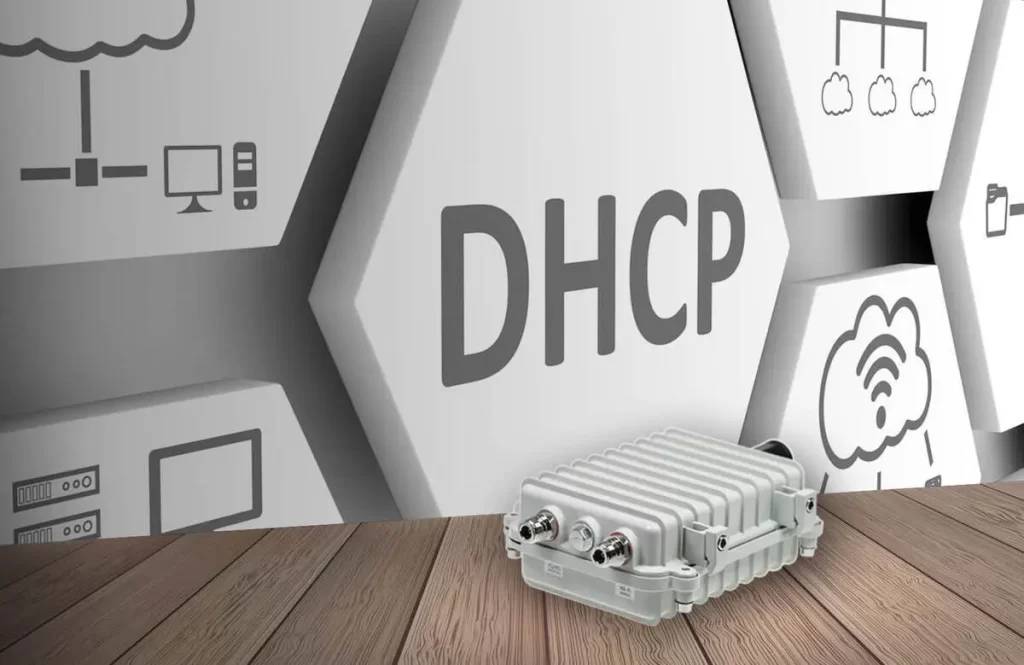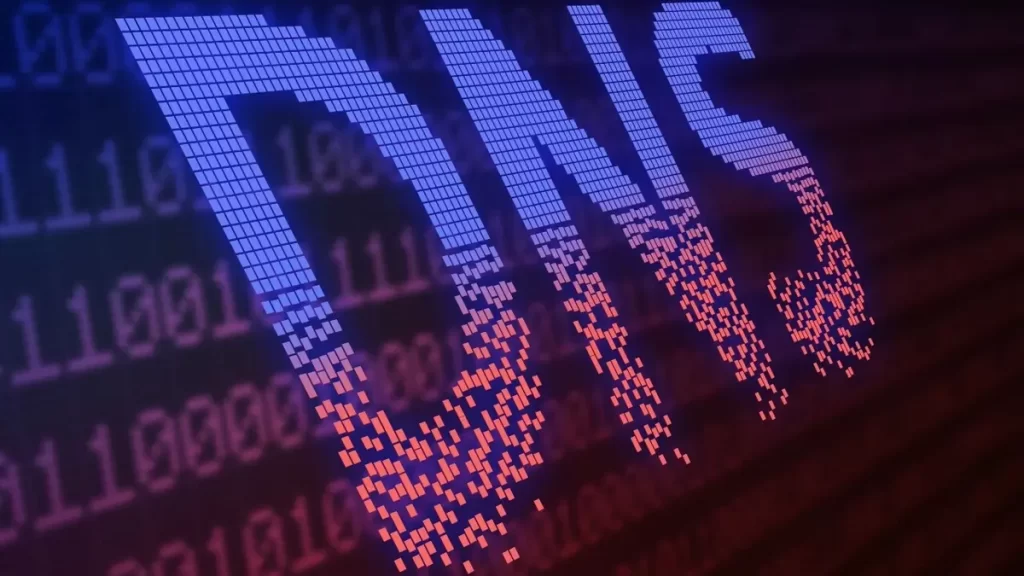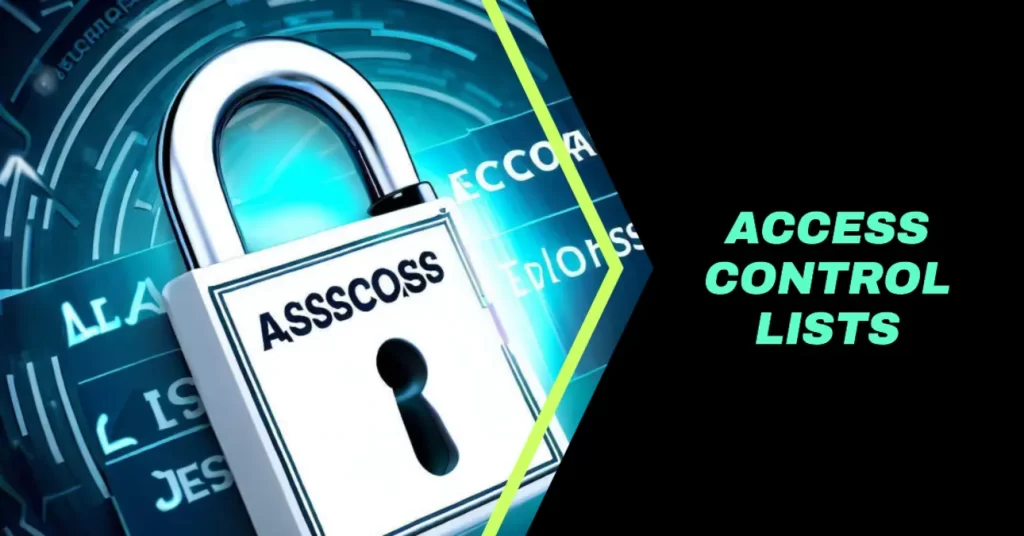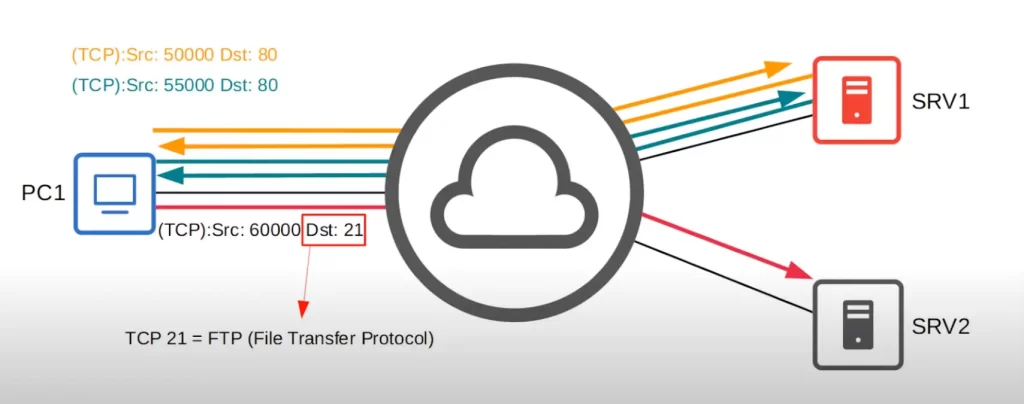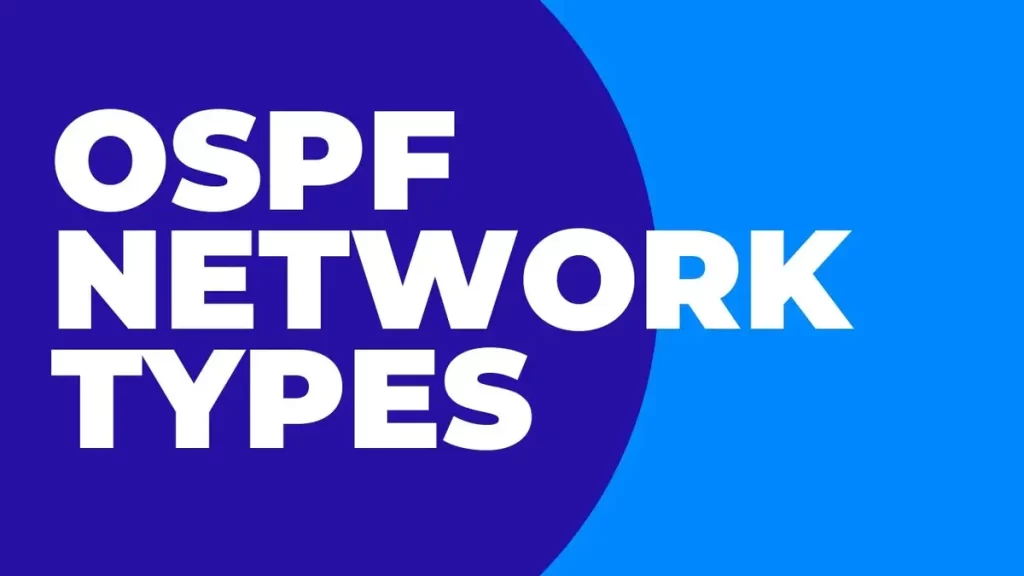Static NAT configuration
This lesson focuses on static NAT configuration on Cisco IOS devices. NAT (network address translation) is an important topic for the CCNA exam and for network engineering. NAT is used to translate the source and/or destination IP address of a packet to a different IP address. NAT is covered in Section 4 of the CCNA […]
Static NAT configuration Read More »


